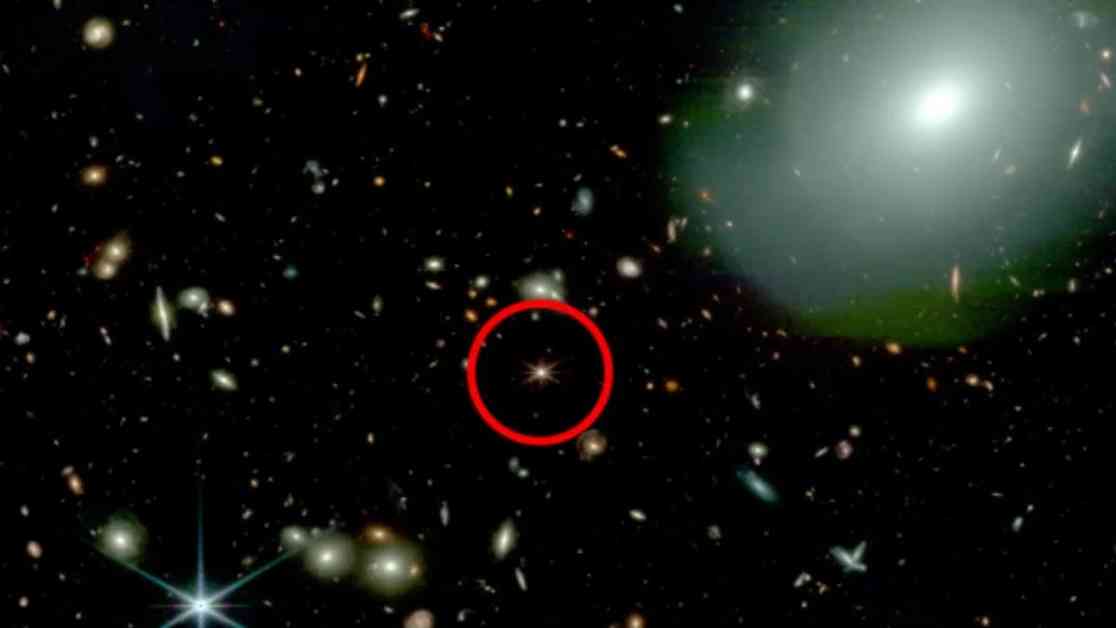A recent discovery made by astronomers using the James Webb Space Telescope has shed light on ancient supermassive black hole-powered quasars. These quasars, observed to be around 13 billion years old, raise questions about how these isolated black holes were able to grow to such massive sizes in the early universe.
The team of scientists studied the environments of five of the earliest known quasars, dating back to when the universe was between 600 and 700 million years old. What they found was surprising – while some quasars were in densely populated regions as expected, others were in sparsely populated areas that would struggle to provide enough material for the black holes to grow.
This discovery challenges current theories of supermassive black hole growth, which suggest that these black holes accumulate mass through mergers and feeding from gas-rich environments known as active galactic nuclei. The team’s findings indicate that there may be missing pieces to the puzzle of how these ancient quasars achieved such massive sizes.
One potential explanation for this mystery is that these early quasars may be surrounded by cosmic dust that obscures their visibility. Further observations are needed to explore this possibility and uncover more about the growth mechanisms of these ancient supermassive black holes.
The team’s research was published in The Astrophysical Journal, highlighting the ongoing quest to understand the origins and evolution of supermassive black holes in the early universe. This groundbreaking discovery opens up new avenues for exploration and challenges scientists to rethink existing theories about the growth of these cosmic giants.










